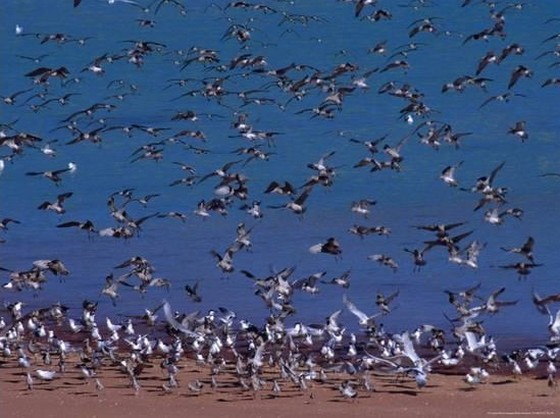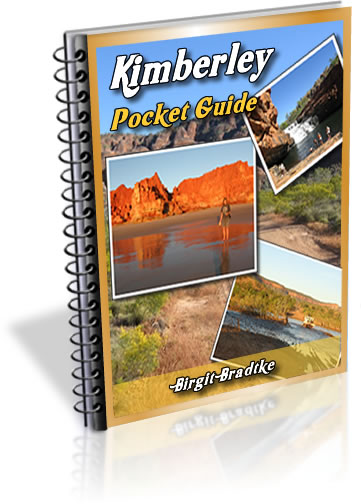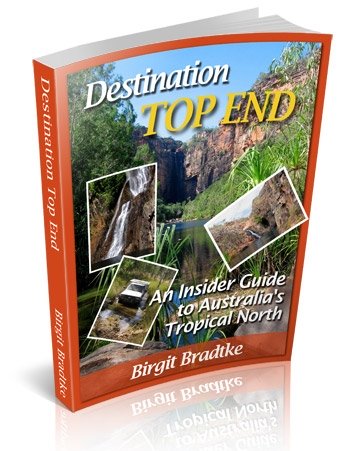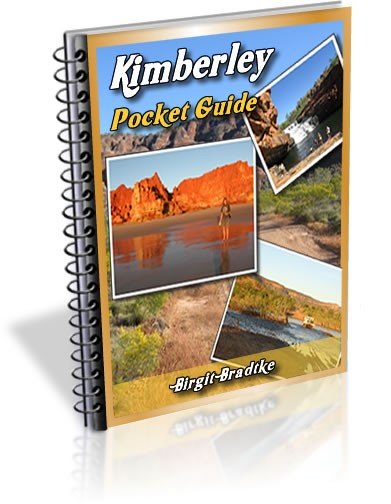Broome Bird Observatory
The world's top shore bird and wader location
You can find the Broome Bird Observatory just out of Broome, on the shores of beautiful Roebuck Bay in the Western Australia Kimberley region.
It was established in 1988 by the not-for-profit conservation organisation Birds Australia and serves as both a research and a tourism facility.
As they say in their brochure:
"Everybody is welcome!"
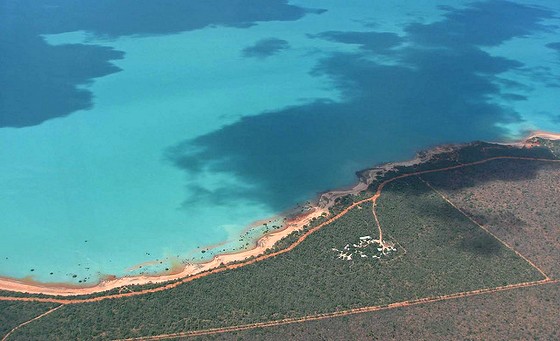 Aerial view of the Broome Bird Observatory on Roebuck Bay. Photo: yaruman5
Aerial view of the Broome Bird Observatory on Roebuck Bay. Photo: yaruman5About the Broome Bird Observatory
The observatory is a paradise for bird enthusiasts. And if you're not a bird enthusiast, visit anyway. You might just turn into one...
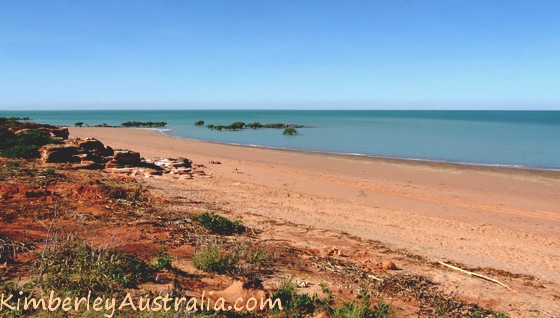
The rich mudflats of Roebuck Bay are possibly the most bio-diverse mudflats that have been studied in the world. The abundance sustains a huge number of birds that live on the flats, the highest diversity of waders in Australia. Lots of superlatives...
The migratory shorebirds that you see here breed in Asia and Siberia during the short summer there, May to July.
But you will still be able to go birding at the Broome Bird Observatory during that time of the year.
Thousands of birds stay at Roebuck Bay because they are too immature to breed. They don't return to the breeding grounds until the year after.
If you're in Broome between August and October you can witness the adults and this year's chicks returning. Many of the adult birds are still in their colourful breeding plumage when they arrive.
The chicks are amazing. Consider that they left their nest within hours of hatching, and within only 2 - 5 weeks they had to be ready for the annual migration. They arrive at Roebuck Bay after a 10,000 km non-stop journey.
The birds stay at Roebuck Bay until March/April the following year, when it is time for the adults to leave again on their arduous journey. If you see flocks of birds in splendid breeding plumage taking off at that time of the year, building formations and heading north, know that they will not touch ground again for many thousand kilometres...
It's not difficult to understand why the integrity of these mudflats is essential to the survival of the species that come here every year to feast on the riches the flats provide.
Roebuck Bay is one of the top locations in the world to view these impressive international travellers. Seeing the huge numbers and the variety of birds here it's easy to be lulled into thinking everything is fine.
However, particularly in Korea and China many habitats are threatened by huge coastal reclamation projects. And while Roebuck Bay is still in good condition not all is well.
Broome is growing and that means pollution and the pressure on the bay and its wildlife will increase. Many thousand birds roost at the northern beaches and the excessive recreational use of these areas is a particular concern.
Visit the Broome Bird Observatory
To get to the Broome Bird Observatory follow the road from Broome to Derby for 9km and then turn right. From there it is another 15km along the unsealed (and sometimes horribly corrugated) Crab Creek Road.
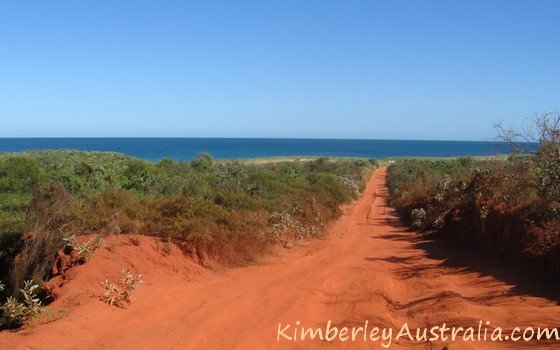
Four wheel drive might be required when the road is wet, but not during the dry season (May - September).
The previous $5 entry fee for adults has been waived in favour of a request for donations. About $5-10 seems appropriate I'd say, since that $5 fee is from over 10 years ago.
For guests staying at the observatory (more about this below) the use of the grounds, binoculars etc. is free.
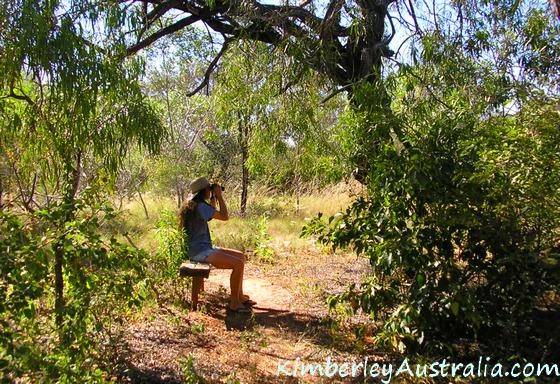
The Broome Bird Observatory offers many activities. Day visitors can enjoy self guided bird watching on the observatory trails or botanical walks.
Many birding sites are within walking distance of the observatory. There is also an extensive video library.
To get the most out of a visit you could participate in one of the variety of tours offered. One hour, two hour and full day tours with different focus are available.
For the serious birder the observatory offers 5 day courses at different times of the year. There are also possibilities to take part in research and on-site activities.
The Broome Bird Observatory offers a choice of accommodation and if required transfer from Broome. Accommodation is in fully self contained chalets or in air conditioned rooms with shared amenities. Alternatively you can use their bush camp sites, which have hot showers and fully equipped camp kitchens. (Bookings are recommended for the busy months from June to September).
Further information:
Broome Bird Observatory
Phone: 61 8 9193 5600
www.broomebirdobservatory.com
Read more about Broome and its attractions.
Travelling to the Kimberley?
The FREE Kimberley Pocket Guide
A great introduction to travel in the Kimberley region and along the Gibb. This free resource will answer all the questions you might have in the early stages of planning a trip.
Destination Kimberley
The full Kimberley travel guide shows you how to make the most of your adventure at Australia's last frontier. Destination Kimberley includes the most detailed and most current guide to the Gibb River Road available anywhere. Also called "The Bible" by its readers.
Travelling to the Northern Territory?
Destination Top End offers the same comprehensive, detailed insider information for the tropical regions of the Northern Territory. Be the best informed traveller in the Kakadu, Litchfield and Katherine Gorge national parks and beyond!
A must have if you travel to or from Darwin.
NEW! Destination Red Centre is the latest addition in this popular series. Monica Coleman takes you through Australia's red Outback heart, offering all the detail and insider tips that you have come to know and love about our guides. With special emphasis on Aboriginal communities and culture.
A must have if you travel to or from Alice Springs/Uluru.
